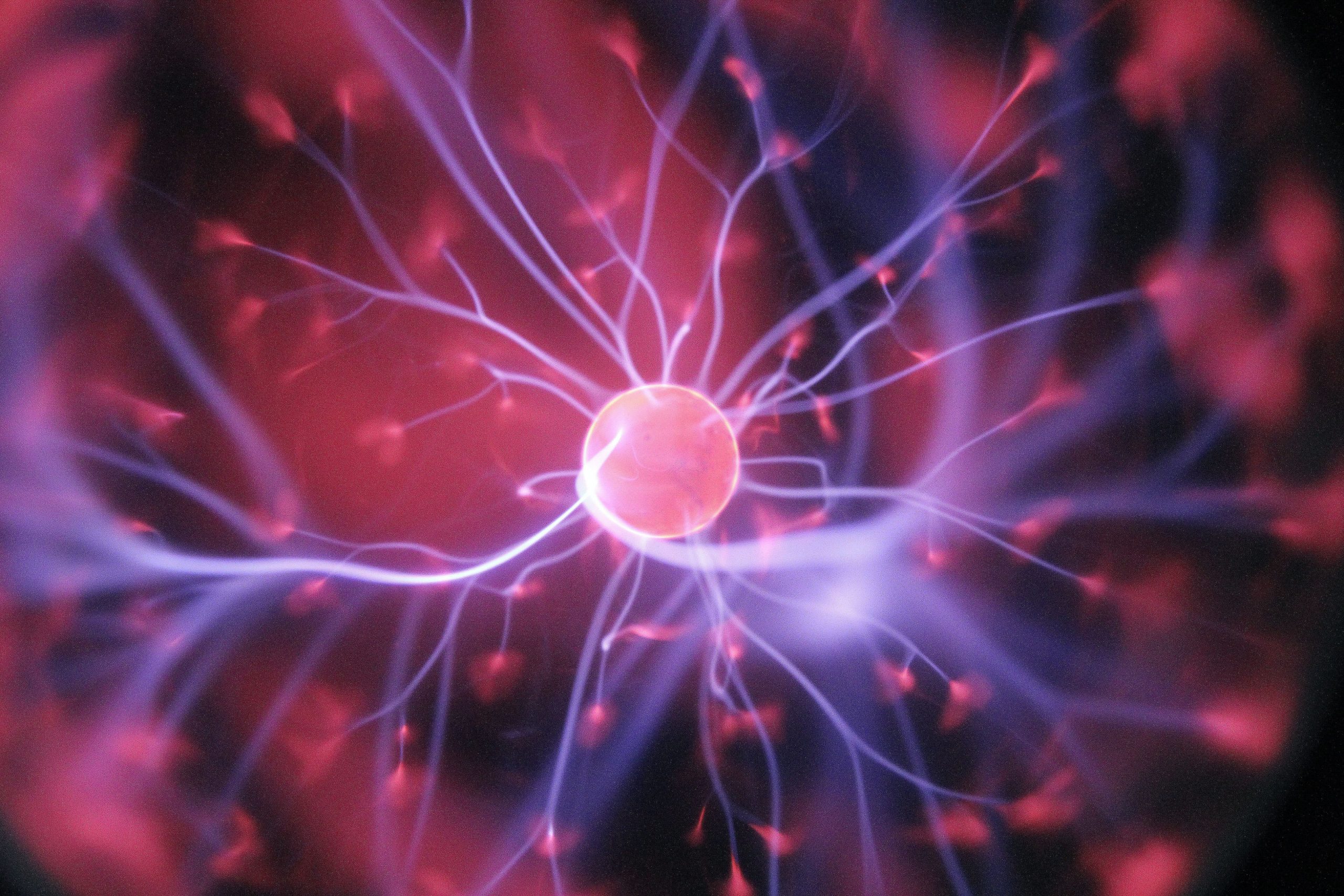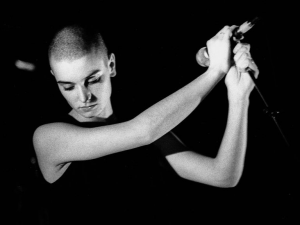Monitoring an individual’s brain waves can help boost mental health, according to a relatively new procedure known as neurofeedback, which is said to improve mood, athletic abilities and sleep cycles. The method involves monitoring brain waves and displaying the neuroscience activity to the patient via headphones or a screen in real time.
The process involves a medical practitioner who sets electrodes on the patient’s head to monitor brain activity. The findings are then examined by a computer that sends back images or sounds to the patient in real time. Once the individual completes the tasks, the computer builds helpful patterns in brain activity.
Also Read: 5 signs to know if someone could be having a brain stroke
According to the theory of neurofeedback, an individual suffering from anxiety, for example, can decrease the severity of their symptoms by calming their brain activity through the patterns.
According to Dr. Ainat Rogel, founder of a neurofeedback clinic in Boston, USA, the process can help our brains go back to healthy patterns.
The process has of late garnered a lot of media attention. Investors have begun pouring millions into neurofeedback firms and institutes. The method is backed up by several notable public figures, including motivational speaker Tony Robbins and former United States Secretary of Education, Betsy DeVos.
Also Read: Medicare limits coverage of $28,000-a-year Alzheimer’s drug
Despite its global acclaim, neurofeedback is yet to be accepted as a viable mainstream treatment for mental health disorders. Some recent research has called it no more efficacious than a mere placebo.
According to Dr. Robert Thibault, a scholar at the Meta-Research Innovation Center at Stanford, the positive cases of the procedure are less likely to be a result of the treatment and more of the positive environment created by practitioners.
Also Read: Plant-based diet reduces cognitive impairment risks in elderly
The procedure is a classic form of biofeedback with the use of sensors, similar to devices that monitor heart and breathing rates.
Many practitioners have hopped on the bandwagon to perform neurofeedback, with little or no training. While North America has 1,300 neurofeedback practitioners, the number of uncertified practitioners is said to be far more, according to Rhonda Potter, associate executive director of Biofeedback Certification International Alliance.
The industry has become permeable, thanks to easily accessible neurofeedback devices and online courses that claim to teach the process.







